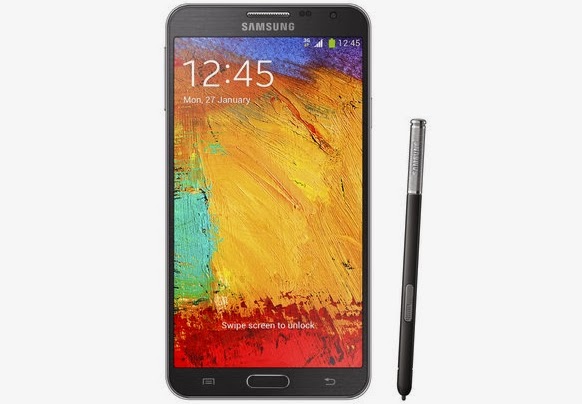Homemade LEGOBot 3D Printer
 |
Homemade LEGOBot 3D Printer |
As the 3D printing revolution continues, prices of 3D printers is beginning to drop, with devices such as the Buccaneer 3D printer set to sell for under US$400. But even that is still too expensive for many people – students in particular. That's why Matthew Krueger, also known as matstermind at instructables.com, has created a 3D printer with a set of LEGOs.
Matthew's LEGObot is based on the first version of the Makerbot. It is made almost completely out of Lego bricks, plus a Lego Mindstorms NXT kit and 4 power supplies (3v extruder, 7.2v for nxt, 12v fan, and 115 for hot glue gun).
Krueger told "I am currently building a machine to recycle milk bottles into filament, based off of Lyman's designs. Once I am able to make filament, then I will try to adapt my LEGO printer to use the filament."
Instead of plastic, the LEGObot currently prints with hot glue, which although a usable medium, has a rubbery consistency that leads to a lack of practical uses, and you have to manually turn the extruder on and off.
 |
Extruder is manually turned on and off on the LEGObot |
"I spent a total of $0 on parts for this. I already had everything and didn't want to spend extra. I used hot glue because it was fairly cheap, but mainly because it is what I had on hand," Krueger says.
Certainly a feat of great ingenuity, Kreuger admits that the LEGObot still has a couple of limitations. He has to rely on friends to provide additional parts that he did not already own to complete the printer, and due to his lack of programming skills every function has to be manually programmed through the NXT software.
 |
Matthew Krueger spent a total of $0 on parts for LEGOBot and every function is manually programmed through the NXT software |
Matthew says in the next version he will be able to shorten the height of the platform, reduce wobble, and use g-code files. And he will be experimenting with printing using wax and heat-melting resins in the future.
Usually, a 3D printer is controlled by connecting it to a computer via a g-code interpreter program that takes a 3D model (typically an .stl file) and splits it into layers that the printer can understand. These instructions are what is called g-code form, but the NXT system, used to operate the LEGObot, is not very open-source.
"I would need to completely re-write the firmware for it to accept g-code files, which is currently beyond my level of programming expertise," Krueger explains. "I recently stumbled on someone who is working on a g-code interpreter for the NXT. If he gets his interpreter working, then this will be a fully operational 3D printer."
Further iterations of the machine will also fix a slight wobble in the X and Y axis and find a way to avoid having to turn the extruder on and off by hand.
 |
Next version of the machine will also fix a slight wobble in the X and Y axis and bring automatic extruder on and off function. |
"I enjoy using old, unused, and recycled items in ways to reduce cost while keeping our landfills clean," Krueger says. As his name says he is truely a mastermind.


